Filter by

Membrane Potential Imaging in the Nervous System and Heart
This volume discusses membrane potential imaging in the nervous system and in the heart and modern optical recording technology. Additionally, it covers organic and genetically-encoded voltage-sensitive dyes; membrane potential imaging from individual neurons, brain slices, and brains in vivo; optical imaging of cardiac tissue and arrhythmias; bio-photonics modelling. This is an expanded and fu…
- Edition
- 1
- ISBN/ISSN
- 978-3-319-17640-6
- Collation
- XI, 516
- Series Title
- Advances in Experimental Medicine and Biology
- Call Number
- -
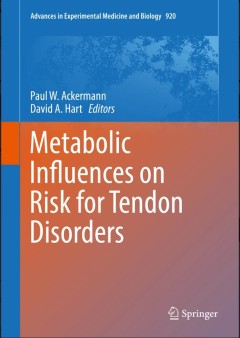
Metabolic Influences on Risk for Tendon Disorders
This book will be of considerable interest to students, practitioners (Doctors, Physiotherapists, and other health care professionals), and researchers who deal with the complex structure of tendons and the need to effectively address tendon disorders. The book is divided into three sections: (1) Basic Biology and Biochemical Markers; (2) Metabolic Disorders; and (3) Novel Therapies. The first …
- Edition
- 1
- ISBN/ISSN
- 978-3-319-33941-2
- Collation
- IX, 304
- Series Title
- Advances in Experimental Medicine and Biology
- Call Number
- -
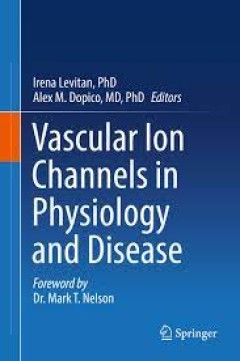
Vascular Ion Channels in Physiology and Disease
Ion channels are the major class of membrane proteins responsible for rapid and regulated transport of ions across biological membranes and for the generation and propagation of electrical signals in the brain, heart, and skeletal and vascular tissues. Ion channels are also known to play critical roles in regulation of cell proliferation, insulin secretion and intracellular signaling in a varie…
- Edition
- -
- ISBN/ISSN
- 978-3-319-29635-7
- Collation
- XVII, 431
- Series Title
- -
- Call Number
- -

Handbook of Cardiac Anatomy, Physiology, and Devices
This book covers the latest information on the anatomic features, underlying physiologic mechanisms, and treatments for diseases of the heart. Key chapters address animal models for cardiac research, cardiac mapping systems, heart-valve disease and genomics-based tools and technology. Once again, a companion of supplementary videos offer unique insights into the working heart that enhance the u…
- Edition
- -
- ISBN/ISSN
- 978-3-319-19463-9
- Collation
- XI, 817
- Series Title
- -
- Call Number
- 611.1 HAN
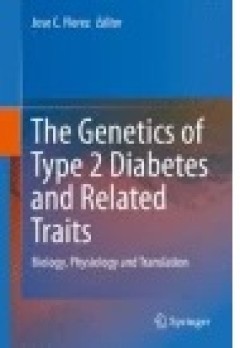
The Genetics of Type 2 Diabetes and Related Traits
The first section explores genome-wide association studies, the extension of this method to less accessible phenotypes and the arrival of next-generation sequencing. A further section goes beyond genetics to illustrate how other data sources can help interpret genetic data, such as leveraging population diversity, the correlation of genetic associations with physiological measurements, gene exp…
- Edition
- -
- ISBN/ISSN
- 978-3-319-01574-3
- Collation
- XI, 576
- Series Title
- -
- Call Number
- -
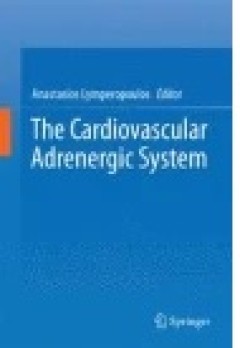
The Cardiovascular Adrenergic System
An overview of all the available literature on the various aspects of the regulation of the cardiovascular system`s function and physiology by the adrenergic neurohormonal system, i.e. the catecholamines norepinephrine and epinephrine. Although there are several books describing the adrenergic system`s biology, physiology and pharmacology, and also several excellent books on cardiovascular phys…
- Edition
- -
- ISBN/ISSN
- 978-3-319-13680-6
- Collation
- X, 144
- Series Title
- -
- Call Number
- -
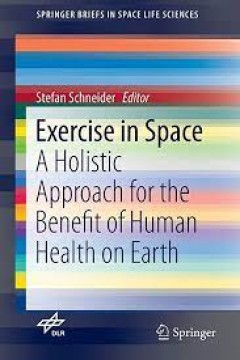
Exercise in Space A Holistic Approach for the Benefit of Human Health on Earth
This volume of the Series SpringerBriefs in Space Life Sciences summarizes the newest finding in the field of mental health and physiological exercise in Space. Currently two major challenges are impacting human health in the western societies, one being a move towards a sedentary society, the second one being longevity. Both have a considerable impact on physical as well as mental health. Spac…
- Edition
- -
- ISBN/ISSN
- 978-3-319-29571-8
- Collation
- 8 b/w illustrations, 11 illustrations in colour
- Series Title
- -
- Call Number
- -
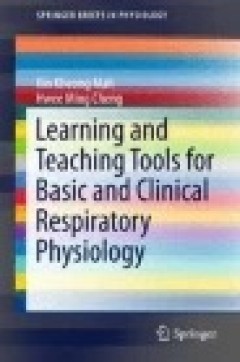
Learning and Teaching Tools for Basic and Clinical Respiratory Physiology
This volume synthesizes pathways in respiratory mechanics and the dynamics of air-blood and blood-cellular gas exchange for students and teachers in respiratory physiology. The authors strive to make physiology fun to learn. This aspect of knowledge acquisition is reflected in the way topics are approached, for example by using playing cards in what is coined ‘Respi-CARDology’. The first se…
- Edition
- -
- ISBN/ISSN
- 978-3-319-20526-7
- Collation
- -
- Series Title
- -
- Call Number
- -
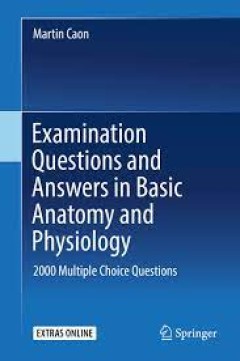
Examination Questions and Answers in Basic Anatomy and Physiology
This book provides two thousand multiple choice questions on human anatomy and physiology, separated into 40 categories. The answer to each question is accompanied by an explanation. Each category has an introduction to set the scene for the questions to come. However not all possible information is provided within these Introductions, so an Anatomy and Physiology textbook is an indispensable a…
- Edition
- -
- ISBN/ISSN
- 978-981-10-2332-3
- Collation
- 14 b/w illustrations
- Series Title
- -
- Call Number
- -

T-type Calcium Channels In Basic And Clinical Science
T-type calcium channels are prevalent in every organ of the body, and are believed to play a part in a variety of physiological processes, including contraction, shape change, secretion, endo- and exocytosis, cell proliferation and differentiation, modulation of enzyme function, and cell cycle progression. As such, research on the roles of these channels in a wide range of diseases has attracte…
- Edition
- -
- ISBN/ISSN
- 978-3-7091-1413-1
- Collation
- X, 154
- Series Title
- -
- Call Number
- -
 Computer Science, Information & General Works
Computer Science, Information & General Works  Philosophy & Psychology
Philosophy & Psychology  Religion
Religion  Social Sciences
Social Sciences  Language
Language  Pure Science
Pure Science  Applied Sciences
Applied Sciences  Art & Recreation
Art & Recreation  Literature
Literature  History & Geography
History & Geography